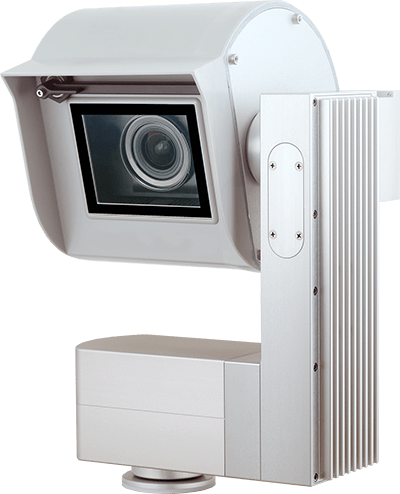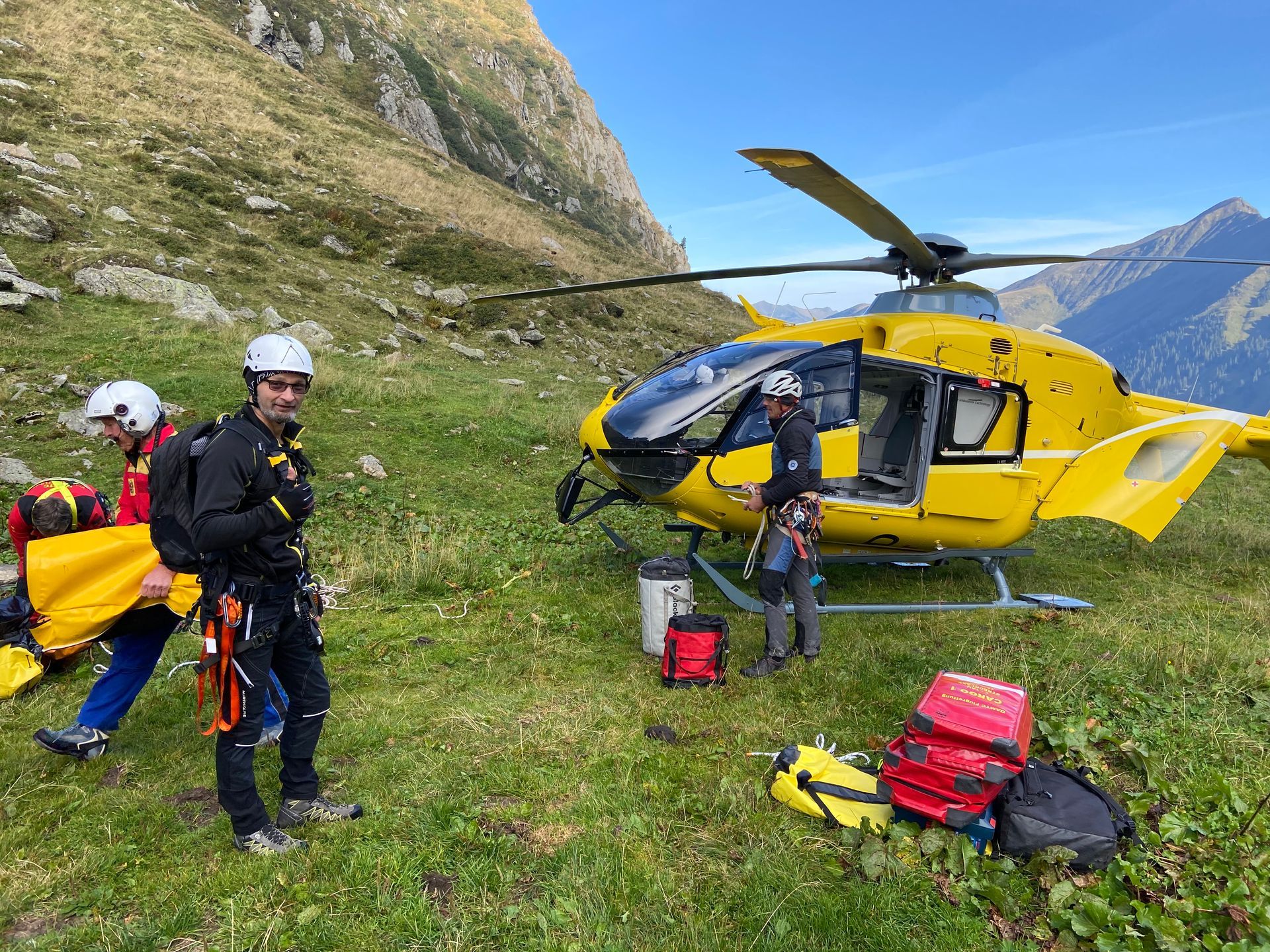Tailored HEMS Solutions
Our Consultation Process for HEMS Solutions

Step 1: Initial Consultation and Needs Assessment
- Objective: Understand the specific needs of the HEMS operator and assess the current operational challenges, particularly in relation to weather monitoring and EASA compliance.
- Actions:
- Conduct a detailed discussion with the HEMS team to gather information on operational requirements, typical flight paths, and critical weather-related challenges.
- Review current systems in place and identify any gaps that Panomax can fill.
- Discuss the goals of the project, including compliance with EASA regulations, improving operational safety, and enhancing efficiency.

Step 2: Site Evaluation and Location Selection
- Objective: Identify the optimal locations for camera installation to ensure maximum coverage and effectiveness.
- Actions:
- Perform on-site visits to evaluate potential installation points, considering factors such as elevation, visibility, and proximity to key flight paths.
- Select locations that provide the best vantage points for monitoring weather conditions across critical areas, including approach paths and landing zones.
- Ensure that the chosen locations allow for stable and secure installation of the cameras, with minimal environmental interference.
Step 3: Camera Selection and Customization
- Objective: Choose the best Panomax camera model for the specific needs of the HEMS operation.
- Actions:
- Assess the environmental conditions and specific requirements of the site, such as the need for night vision or low-light capabilities.
- Select a camera model that meets these needs, ensuring it provides high-resolution, real-time imaging with reliable timestamping and geolocation data.
- Customize the camera configuration, including lens selection and field of view adjustments, to optimize coverage and clarity.

Step 4: Installation Planning and Execution
- Objective: Install the selected cameras at the identified locations with precision and minimal disruption to operations.
- Actions:
- Plan the installation process, including logistics, timeline, and any necessary permits or approvals.
- Manufacture and prepare any custom adaptors or mounting equipment required for the installation.
- Execute the installation, ensuring that cameras are securely mounted, properly aligned, and fully operational.
- Conduct initial tests to verify camera functionality and coverage.








